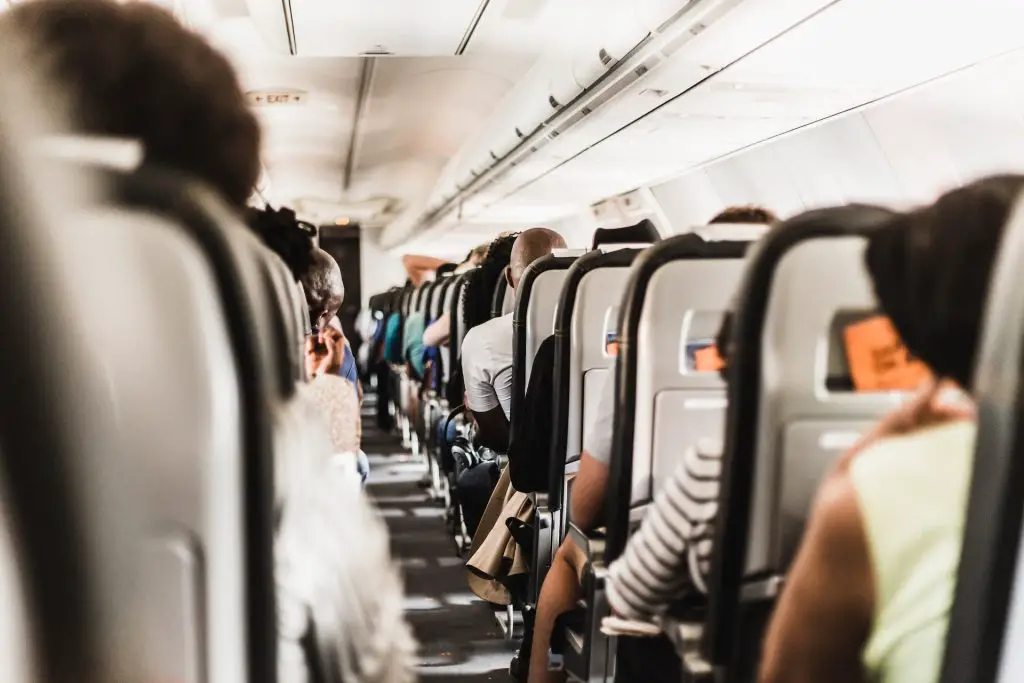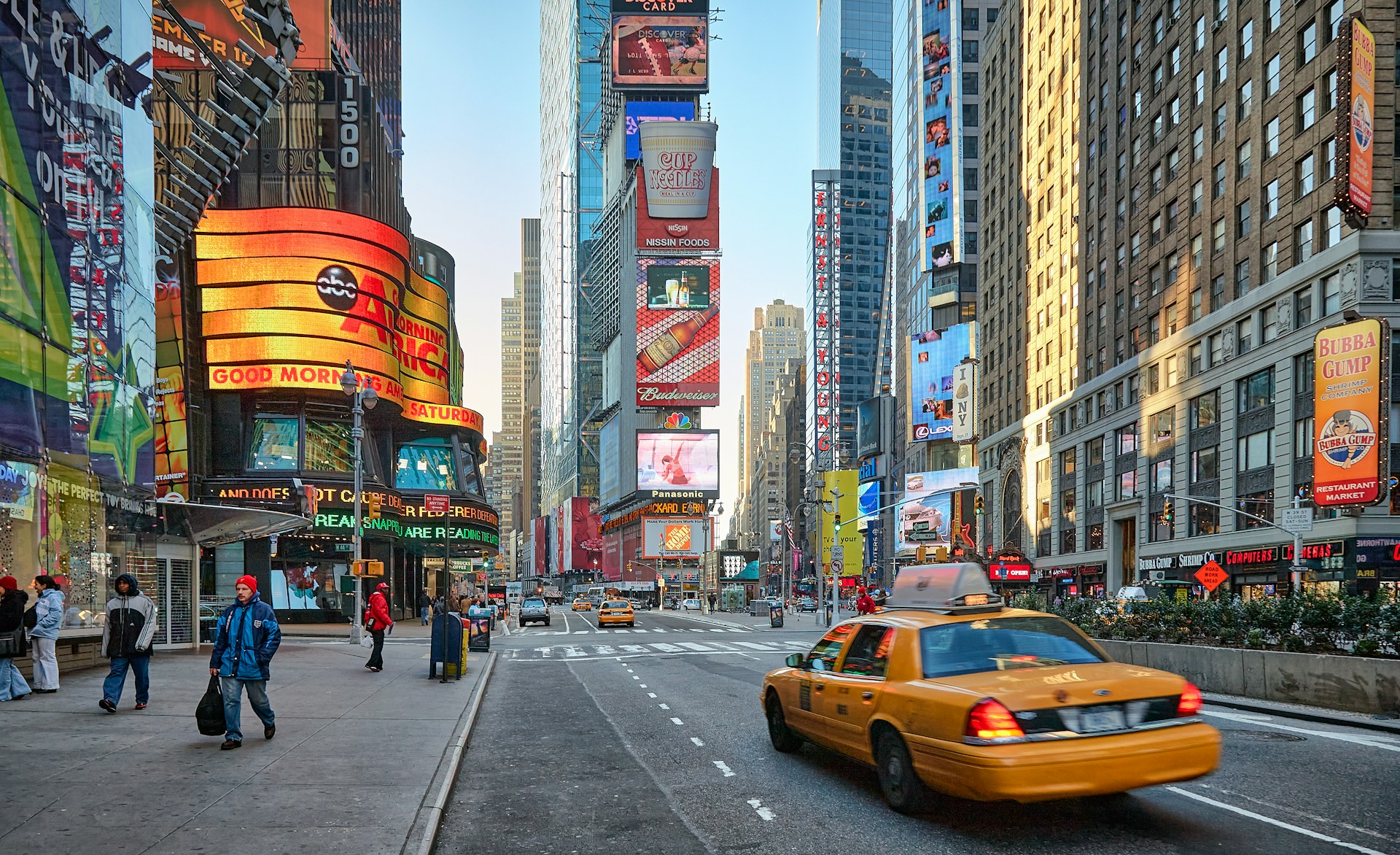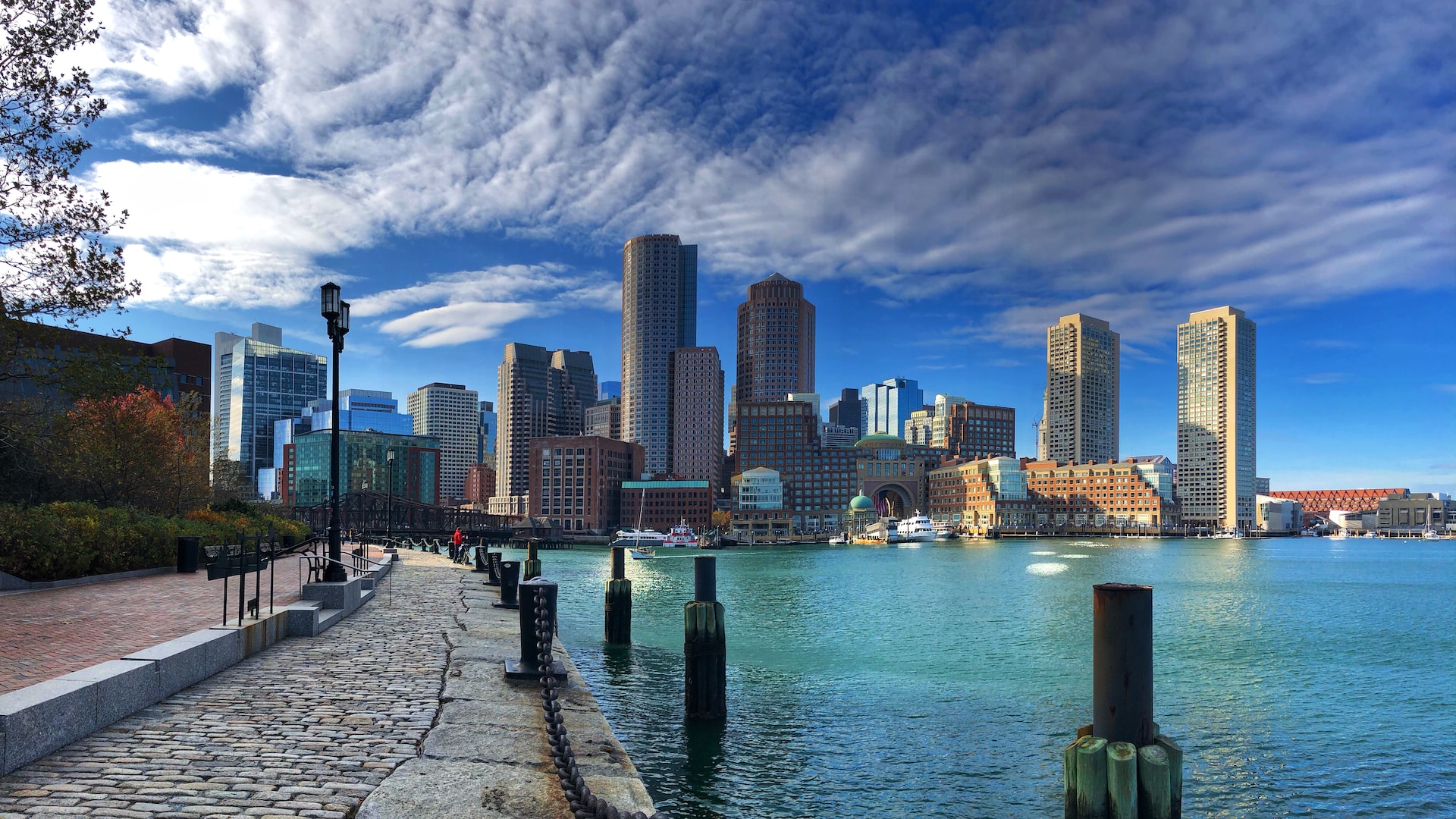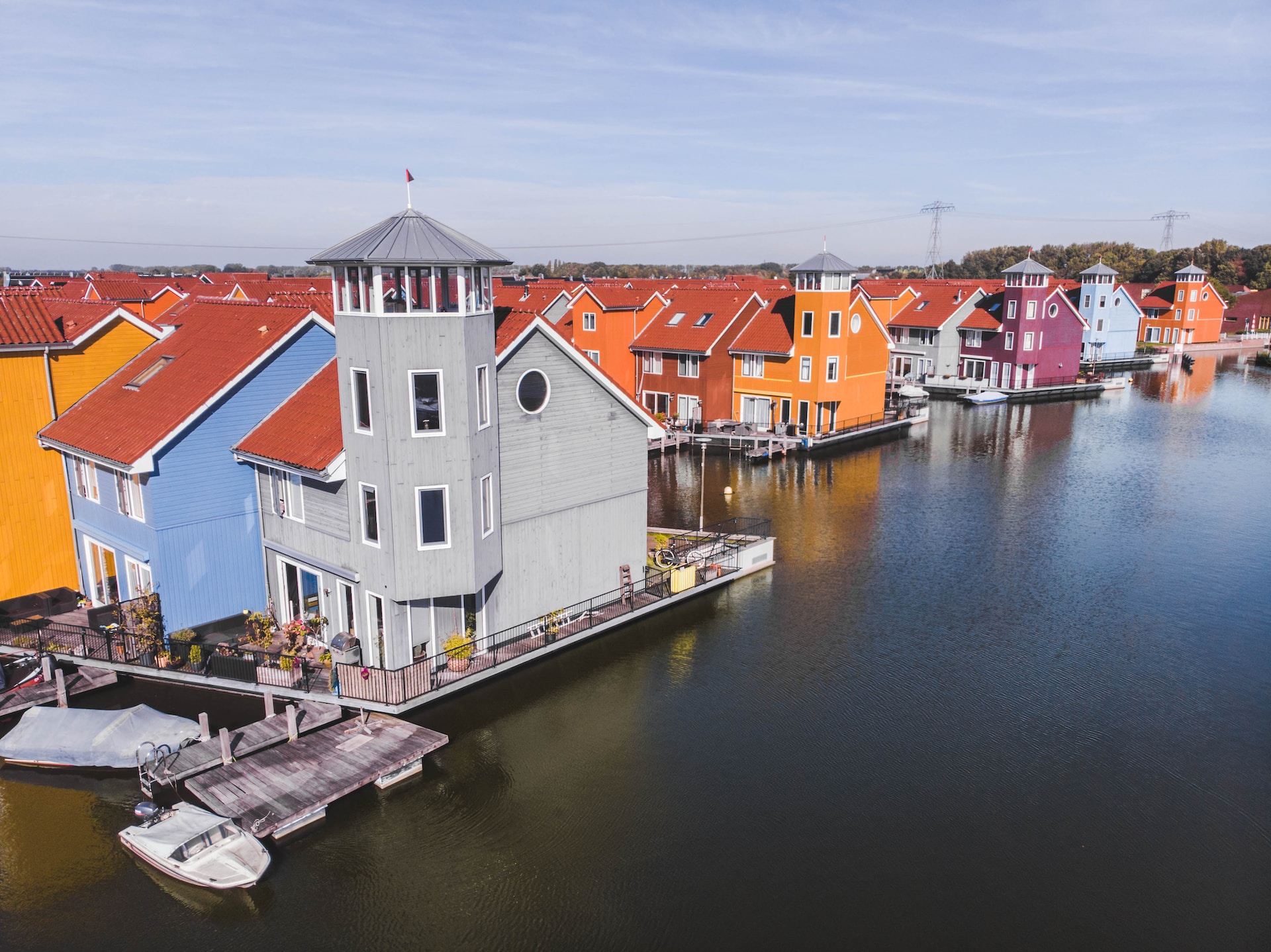The effects of climate change have begun to manifest across various sectors globally, and air travel is no exception. Rising temperatures, shifting wind patterns, and increased frequency of extreme weather events have set the stage for a series of challenges and adjustments within the aviation industry. This article delves into the multi-faceted impacts of climate change on air travel and what it means for passengers, airlines, and the broader aviation ecosystem.
- Take-off Troubles Due to Rising Temperatures:
Performance Issues: Aircraft performance is intrinsically tied to temperature. Hotter air is less dense, which can affect the aircraft’s lift during takeoff. As a result, planes may require longer runways to achieve the necessary lift or might need to offload cargo to reduce weight.
Restructuring Flight Schedules: Airlines might reschedule flights to cooler parts of the day or season, leading to altered flight timings for passengers.
- Altered Flight Paths and Duration:
Jet Streams: Climate change can influence the strength and direction of jet streams, high-altitude air currents that aircraft use to reduce fuel consumption and flight times. Strengthened jet streams might make certain flights quicker but could prolong others.
Routing Adjustments: Shifts in wind patterns and the emergence of more frequent no-fly zones due to extreme weather might necessitate route alterations, potentially leading to longer flight times and increased fuel costs.
- Increased Turbulence:
Clear Air Turbulence: Researchers suggest that global warming might lead to a surge in clear air turbulence (turbulence that occurs in clear skies). This could result in bumpier flights and, potentially, more in-flight injuries.
Enhanced Safety Protocols: Airlines might adopt advanced turbulence detection systems and stricter seatbelt regulations to counteract these challenges.
- Impact on Infrastructure:
Airport Vulnerability: Many major airports lie close to coastlines. Rising sea levels combined with storm surges can pose a direct threat to infrastructure, potentially leading to more frequent flight disruptions and cost-intensive infrastructural adjustments.
Runway Maintenance: Increased temperatures could affect the durability of runways, necessitating more frequent maintenance and leading to potential delays.
- Flight Cancellations and Delays:
Extreme Weather: The rising frequency of hurricanes, typhoons, and other severe weather events will invariably lead to more frequent flight cancellations, delays, and diversions, complicating travel plans for passengers and imposing operational challenges for airlines.
- Economic Implications:
Fuel Costs: Altered flight paths and durations, coupled with the need for more climate-control within planes due to extreme temperatures, can result in increased fuel consumption. This might translate to higher ticket prices for passengers.
Infrastructure Investments: Airports will need significant investments to adapt to or mitigate the impacts of climate change, costs that might eventually trickle down to the consumer.
- Carbon Emissions and the Green Push:
Emission Curbs: The aviation industry is under increasing pressure to reduce its carbon footprint. With growing awareness of climate change, airlines are researching alternative fuels, more efficient plane designs, and better air traffic management systems.
Carbon Offsetting: Some airlines are offering passengers the option to offset their carbon footprint by funding sustainability projects, making air travel more environmentally conscious.
- Health Concerns:
Spread of Diseases: Changing climatic conditions can alter the habitats of disease vectors like mosquitoes. This has implications for air travel as diseases could spread more readily across regions, prompting stricter health checks at airports.
- Adjusted Aircraft Designs:
Engine Efficiency: To combat the challenges posed by rising temperatures and to reduce emissions, aircraft manufacturers might prioritize engine efficiency and aerodynamics in new designs.
Cabin Adjustments: To ensure passenger comfort, we could see alterations in cabin designs to counteract increased turbulence or temperature fluctuations.
- The Evolution of Air Travel Norms:
Insurance Alterations: Travel insurance policies might evolve to incorporate the increased risks associated with climate change, such as more frequent flight disruptions.
Awareness Initiatives: Airlines and airports might introduce campaigns to educate travelers about the effects of climate change on air travel and the measures being taken to mitigate them.
Climate change and air travel are on a collision course, necessitating immediate and comprehensive strategies to ensure safety, efficiency, and sustainability. While the challenges ahead are manifold, they also offer avenues for innovation and adaptation. The aviation industry’s resilience will be tested, but with a combination of technological advancements, policy interventions, and consumer awareness, air travel can navigate the turbulent skies of a warming planet.
- Geographic Shifts in Aviation Demand:
Altered Tourist Hotspots: As climate change affects global destinations – with some losing their appeal due to environmental degradation and others emerging as new attractions due to milder climates – the aviation industry will have to adjust its routes and services to cater to these shifting demands.
Migration Patterns: Climate change can also influence migration patterns, either due to extreme environmental events or slowly evolving changes. This might lead to increased demand for flights to and from certain regions.
- Air Traffic Control and Management:
Advanced Systems: With changing weather patterns and the increase in extreme events, air traffic control will need more advanced systems to manage flights effectively, ensuring safety while minimizing delays.
Training: Air traffic controllers and pilots will need updated training to deal with the new challenges posed by climate change, including handling unexpected weather changes and ensuring passenger safety during increased turbulence.
- Airports Embracing Sustainability:
Green Infrastructure: Airports might adopt solar panels, rainwater harvesting systems, and other sustainable infrastructure to reduce their environmental impact and operate more efficiently under changing conditions.
Waste Management: Given the potential for more passengers spending longer times in airports due to delays, effective waste management and recycling programs will become crucial.
- Business Model Evolution:
Flexibility: Airlines might need to adopt more flexible business models, allowing easier rescheduling of flights and more lenient cancellation policies in light of unpredictable weather events.
Partnerships: Collaborations between airlines, meteorological departments, and environmental agencies will be crucial in gathering accurate data and developing strategies to address the challenges of climate change.
- Technological Innovations:
Weather Prediction Tools: With the unpredictability of weather events on the rise, airlines and pilots will rely heavily on advanced weather prediction tools. This could lead to more real-time adjustments to flight routes.
Aircraft Materials: The use of materials that can withstand higher temperatures and more extreme conditions will become essential in aircraft design.
- Policy and Regulatory Changes:
Environmental Regulations: Governments might introduce stricter emissions standards for aircraft, pushing the industry to adopt cleaner technologies faster.
Incentives: Governments could provide incentives for airlines and manufacturers that prioritize sustainability, both in terms of their operational practices and the technologies they adopt.
The intertwined futures of air travel and climate change present both challenges and opportunities. By focusing on innovation, collaboration, and a commitment to sustainability, the aviation industry can not only adapt but also play a role in mitigating further environmental harm. As passengers, being informed and choosing to fly with responsible airlines can make a difference. In a rapidly changing world, the future of air travel depends on proactive measures and global cooperation.














